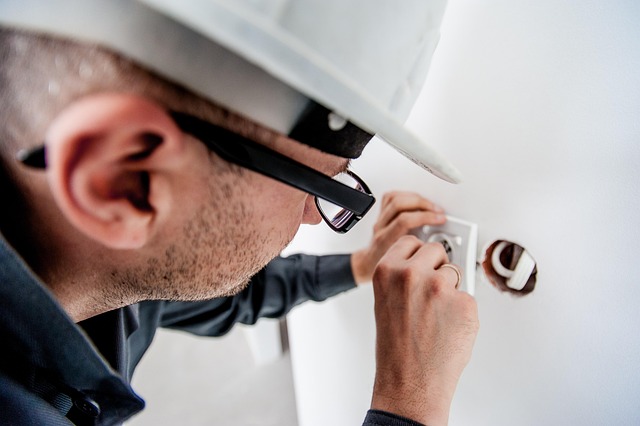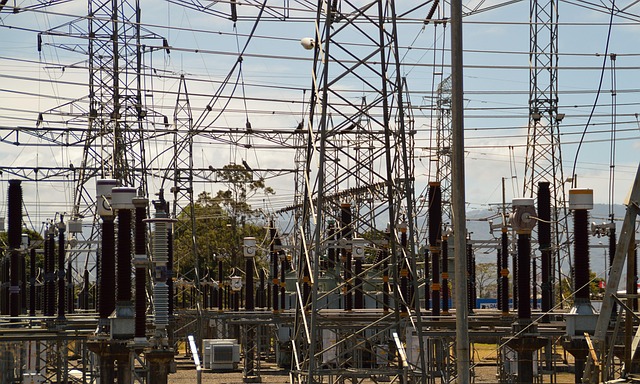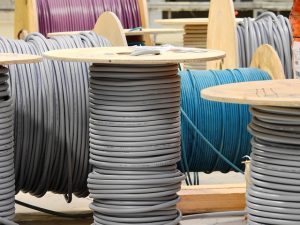Common electrical issues like flickering lights and tripping circuit breakers often stem from switches, receptacles, and outlets—critical components for power distribution in your home. These parts degrade over time due to wear, moisture, or poor installation, posing hazards like fires or shocks. A qualified electrician should regularly inspect and promptly repair or replace these components to ensure safety, prevent complex problems, and maintain a hassle-free living environment. When deciding whether to repair or replace, consider age, condition, material type, and damage: repairs are suitable for newer components with minor issues, while replacements are recommended for old, frequently malfunctioning, or severely damaged parts to uphold safety standards.
Looking to refresh your home’s electrical system? It’s time to explore repairs or replacements for switches, receptacles, and outlets. These components are integral to your home’s functionality and safety. Understanding common electrical issues is the first step. Then, learn from a professional electrician’s perspective when to repair or replace these elements, ensuring a safe and efficient electrical network.
- Understanding Common Electrical Issues
- When to Repair vs Replace Switches, Receptacles, and Outlets: A Professional's Guide
Understanding Common Electrical Issues

Many common electrical issues can be traced back to switches, receptacles, and outlets—the very components that facilitate power distribution in your home. An electrician often encounters problems such as flickering lights, circuit breakers tripping frequently, or outlets that no longer function properly. These issues could result from worn-out switches or receptacles that have lost their ability to conduct electricity safely. Over time, these parts can degrade due to constant use, exposure to moisture, or poor installation, leading to potential hazards like electrical fires or shocks. Regular inspection and timely repairs or replacements are crucial in maintaining a safe living environment and preventing more complex electrical problems down the line.
When to Repair vs Replace Switches, Receptacles, and Outlets: A Professional's Guide

As a professional electrician, knowing when to repair or replace switches, receptacles, and outlets is crucial for ensuring safety and efficiency in any home or commercial setting. The decision often depends on several factors. First, assess the age and condition of the component. If it’s relatively new and shows no signs of severe damage, repairing might be the best option. This process involves replacing faulty parts, such as a burned-out switch or a loose connection, allowing you to get back up and running with minimal disruption.
However, if the switch, receptacle, or outlet is old, frequently malfunctions, or has sustained significant damage—like burning, melting, or severe corrosion—replacement is usually recommended. An electrician should consider the type of material and its condition before deciding. For instance, while a plastic switch may be repaired, metal components often require complete replacement to maintain safety standards and prevent potential electrical hazards.
When addressing electrical issues in your home, knowing when to repair or replace switches, receptacles, and outlets is crucial. A professional electrician can help you make informed decisions based on years of experience and specialized knowledge. Whether it’s a simple fix or a complex upgrade, ensuring your electrical system is safe and efficient should always be a priority. Trusting the expertise of a licensed electrician guarantees that these common electrical problems are resolved effectively and permanently.
